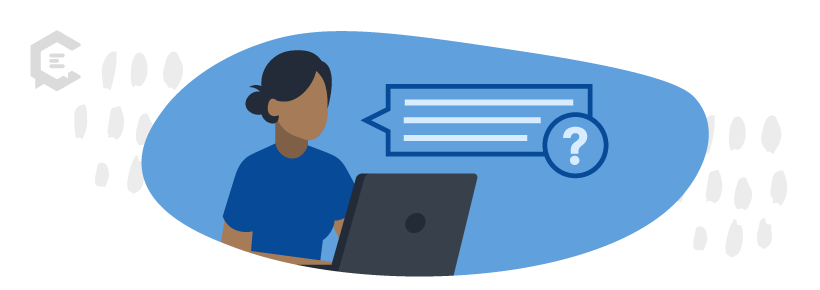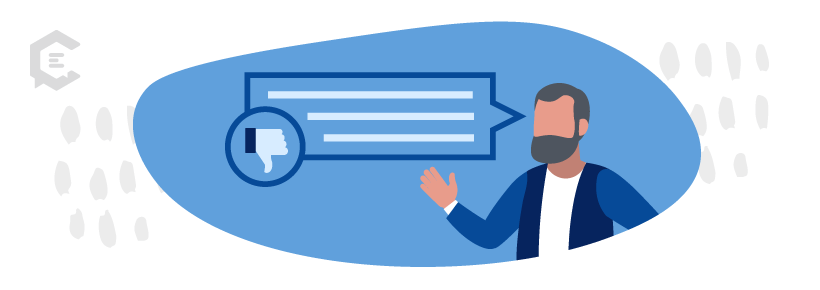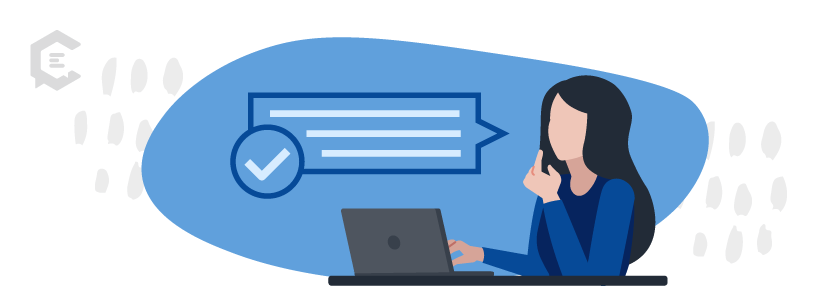The first time I saw the word teamlancing — and a robust explanation of what it means and why it matters — I recall nodding to myself and thinking “so that’s what I’ve been doing all this time.” The more I started researching and then writing about the idea of freelancing as a member of a team, the more I realized how much of my evolving skill set was, in fact, built from my years of teamlancing.
And while the building blocks of my professional self were forged in the corporate world, my years as a teamlancer allowed me to be more sensitive to the differences needed in each industry, outlet or team.
Inspired by this rush of self-knowledge, I started writing about the intricacies and nuances of teamlancing (you can catch up on the full Meet the Teamlancers series here). That, and officially joining an agency made up of teamlancers, made me realize it wasn’t an anomaly, but the norm.
As I spoke to more teamlancers, I realized that individual style played a large part in working well in a group dynamic, whether it was virtual or occasional. One of the things that fascinated me most was understanding just how many varied Teamlancing™ collaborations exist and the ways the players fill each role.
Why peer review is so important in teamlancing
When you begin to teamlance, you learn to manage not only your own projects and deadlines, but sometimes to pitch in with teammates when needed. Unlike traditional office settings though, the teamlancing hierarchy is often more fluid, meaning that you might not even have a title on some projects, while on others, your tasks are rigidly defined.
Helping others succeed helps you succeed
In my own teamlancing life, I’ve noticed a different level of camaraderie than with strictly freelancing gigs. And on my favorite teams, I notice that helping others succeed is the norm. I’ve also taken it upon myself to help others polish their work whenever possible.
My reasoning is simple — if one of us hands in subpar work, the entire team is suddenly a lot less impressive. By helping teammates polish their work, in some way, I’m helping myself as well.
While independent journalist Erik Sherman spends most of his time writing and revising his own work, on occasion, he’s helped friends and colleagues by editing their work. And in the guise of friend or peer editor, Sherman has a very specific goal.
“I treat it as an editor would, trying to offer help to get someone to sound more ordered, communicate better, and to come out sounding more like themselves and not superimposing my own voice.”
In helping others polish their work for about a decade and a half, Sherman has learned something about his own style. He’s “had to learn to be dispassionate in editing,” but wait, things are about to get a bit more interesting. Sherman has learned not only to be dispassionate while reviewing the work of others but his own as well.
Take yourself out of the equation when reviewing your teammates’ work
- If you can’t seem to emotionally or intellectually distance yourself and the project you’re editing or reviewing, try to give yourself a few days instead. Don’t attempt to edit anything if you feel too connected to it. Give yourself a few days to let the project settle before digging in to edit.
- Consider remaining anonymous: If your team is too freaked out to comfortably allow one-on-one project reviews, consider having one person randomly hand out tasks without revealing the author or creator.
Try to limit feedback to one person when possible
Late last year, I did some copywriting for an advertising agency I’ve worked with for a number of years. I was asked to create a 400-word descriptive blurb for a virtual experience mimicking a ride in a pricey sports car. To get me in the right mindset, my client sent over paint chips, samples of the car’s interior, a fragrance that smelled like schmancy new car interior and even a set of fuzzy dice.
To top it all off, they also sent me a to-scale miniature of the car, just to get me in the right frame of mind. Sadly, I had to sign an NDA before opening it and had to return the tiny car after the project was completed.
I had a blast writing the copy and thought the language perfectly fit the brand and the experience. Of course, when working with clients of that caliber, I knew there would be at least two rounds of back and forth before I received final approval, and I was prepared for it. Or so I thought. Unbeknownst to me, the agency I’d been teamlancing for had undergone an aggressive staff shakeup.
One person approved copy while another rejected it. I started hearing from the designers and artists and coders. I received input from so many people that I started to feel anxious and, at a certain point, lost track of the original mission.
In my professional life and — especially on teamlancing gigs — I make every effort to only work with one point of contact or a final decision-maker, and to limit feedback to one trusted peer.
In all, I received input from 14 different people with 14 drastically different ideas and concepts. Suffice it to say that, because everyone on the team was determined to have their input heard, the virtual car project took nine times longer than I’d budgeted.
3 signs peer review isn’t working
- The feedback isn’t improving your work. If you feel that someone is doing everything but improving the quality of your work, trust your gut and ask for someone else to review your project.
- You feel stuck in the middle. Do you feel like you’re stuck in the middle of something and can’t find your flow anymore? Take a step back and extricate yourself from the unpleasantness as soon as possible. You’ll never win or succeed in this type of setting.
- You dread hearing their feedback. Hard work doesn’t have to hurt — if you’re anxious about the feedback, it’s time to either up your own game or find another way of soliciting input.
Critique vs. critical
“Most people, including me, don’t relish criticism,” said Thelma Adams who has a dual career as a bestselling novelist and top critic at Rotten Tomatoes. Adams and a chosen few friendly colleagues edit each other’s work, and she’s extremely vigilant about her methodology.
“I try to first embrace what I love about the work, and tailor my criticism toward bringing out what is essentially the best in the writing and clarifying whatever is most powerful. This can include micro editing scenes so that the critical points have the most power, trimming the vines of verbiage, or reading an entire manuscript and commenting on pacing, offering concrete suggestions for places to cut.”
Adams has learned a lot over the years and believes that “an editor has to come from a place of love, and choose words of criticism carefully — which means use a scalpel not a butter knife.”
Improve on your teammates’ work, don’t trample on it
If you’re worried that your input will be rejected, try to project confidence in your approach.
“Behave in a polite but assured way, and offer suggestions that improve the prose, then it will generally be accepted,” Adams advised. But also somewhat philosophical about the process “If there is resistance, I accept that, too.”
For Adams, the end goal is always the thing she keeps in mind and “getting the writer to articulate intentions that they may not even have been aware they had.”
“Sometimes it’s as simple as asking: what are you trying to say here? Or, in looking at the writing with a fresh eye, seeing that central sentence buried in five less central, and teasing it out.”
Remember the shared goal: outstanding writing
“There has to be a respectful give and take and an acknowledgment that in the end there is a shared goal: the best writing possible that conveys the most substance in the right tone that matches the intended audience,” says Adams.
One of the greatest lessons I’ve learned in my own professional writing career is to let go of ego. There’s a reason that so many contracts are structured as Works for Hire. At the end of the day, if you earn a living through your words or art or ideas, you’re still merchandising or monetizing your skills. And like it or not, as long as they continue to pay you for your work, the customer is always right, and that includes a review system that works best for them and not you.
Adams is even plainer about that process. “It’s not about you, or your style preferences. Be mindful of language that can be interpreted as negative but don’t fluff up something that’s not working. There is no room for an adversarial approach to editing. It should be edited out of the conversation.”
3 ways to prepare for the best possible outcome when giving or asking for feedback
- It isn’t a sign of weakness to solicit feedback by asking others to review or edit your work. “It’s easy to be blind to problems in your own work,” Adams said. Another pair of eyes catches things you might have missed.
- When projects flow, team members work so well together that they can often intuit how to tease out each other’s best possible work. In other words, the more you review each other’s work, the better you’ll get at it.
- Keep referring back to the original wireframe of the project to make sure you’re hitting key goals. There’s nothing worse than sweating over a project only to realize you’ve been doing it all wrong all along.







